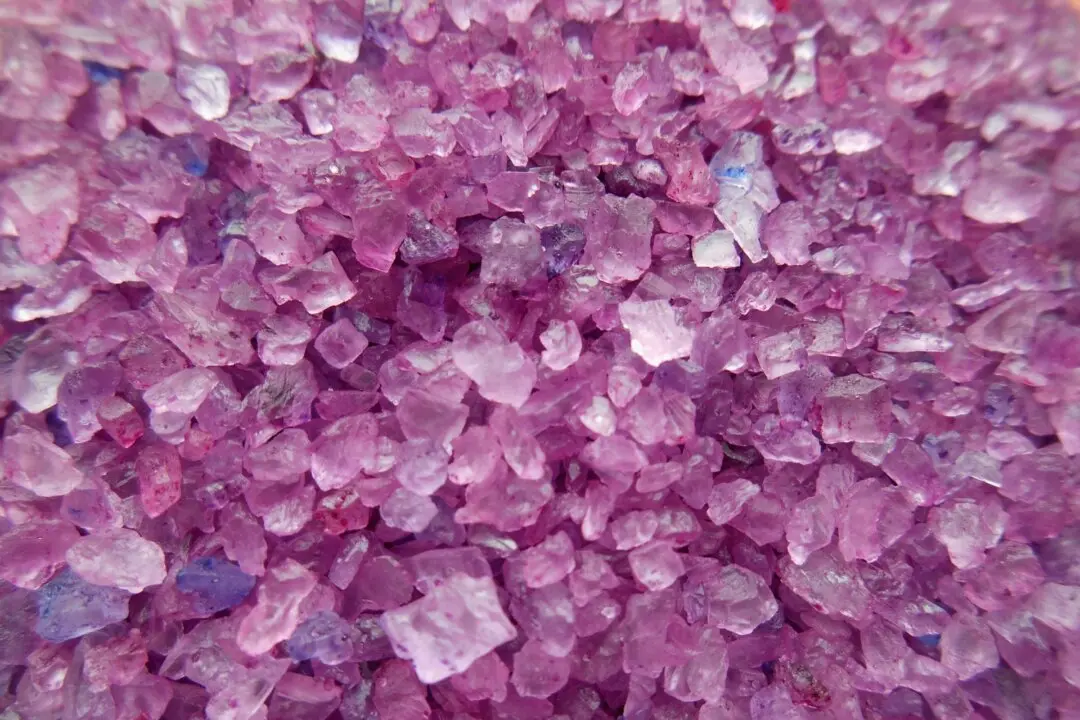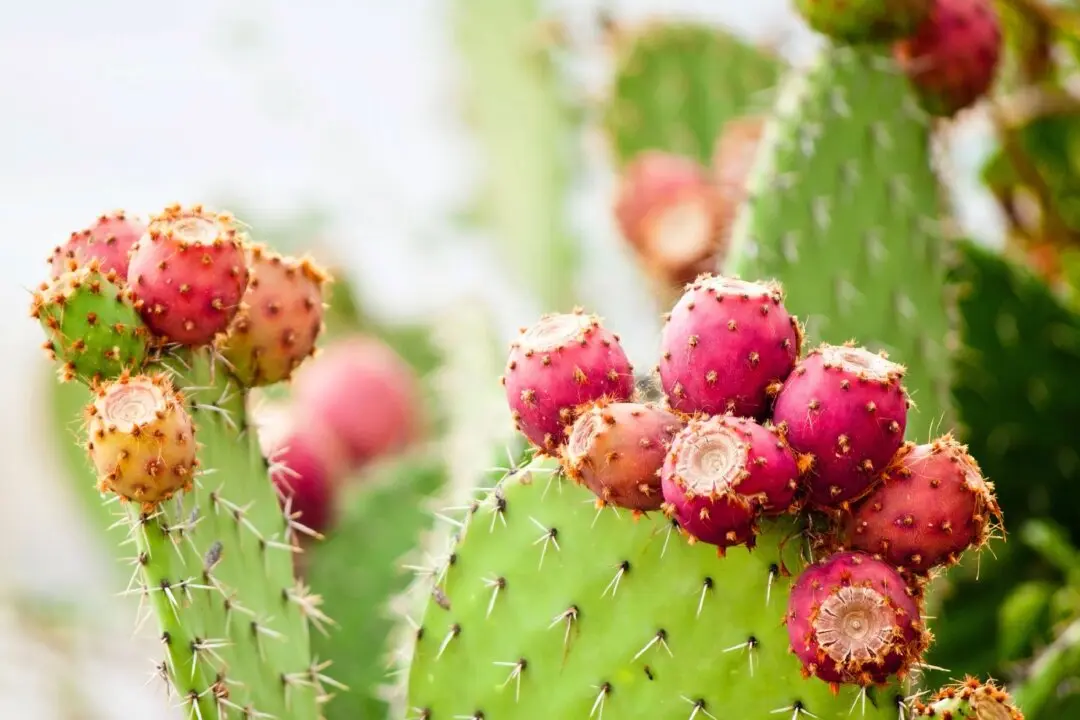Papaya (Carica papaya)—also known as pawpaw—is native to Mexico and dates back more than 1,000 years. The many varieties of papaya range in weight from half a pound to an astounding 22 pounds of delicious goodness.
Although many people discard papaya’s tiny black seeds, they’re highly nutritious and safe to eat. They have a crunchy texture and a slightly peppery flavor. When roasted, the seeds can be ground in a pepper mill and used as a black pepper substitute.
Like many tropical fruits, papaya’s range of nutrients includes vitamins A, B, and C, potassium, magnesium, fiber, folic acid, and small amounts of calcium and iron. The fruit also has therapeutic properties.
Benefits
The bioactive compounds in papaya show numerous health-promoting properties, including anticancer, anti-inflammatory, antioxidant, antibacterial, and antifungal properties. In particular, the antioxidant carotenoid beta carotene—which gives papaya its color—is a precursor to vitamin A. This essential vitamin protects the body from free radicals, thus helping to lower the risk of developing cancer and heart disease.Heart
The antioxidants in papaya prevent cholesterol oxidation, which can create blockages that lead to heart disease. Papaya also contains folic acid, which is essential for converting the amino acid homocysteine into less harmful amino acids, thus helping to reduce heart disease.Eyes
Zeaxanthin, another papaya antioxidant, is used in the macula and retina of the eye. It’s thought to function as a filter for harmful UV rays. A study, published in Foods in 2017, looked at the effects of supplementation with lutein, zeaxanthin, and meso-zeaxanthin zeaxanthin in protecting the eye from the blue light emitted by computer screens. This study found that supplementation yielded significant improvement in “overall sleep quality, headache frequency, eye strain, eye fatigue, and all visual performance measures.”Cancer
The pulp and seeds of papayas are a good source of the carotenoid lycopene. Studies have shown that lycopene may reduce the risk of some cancers, such as prostate, colorectal, cervical, and breast cancers.Brain
Lycopene studies also have shown anti-aging protection for the brain, as the compound inhibits oxidative stress and inflammation, thus lowering the risk of neurodegenerative disorders such as Alzheimer’s disease, dementia, and Parkinson’s disease.Digestion
Historically, the fruit’s juice has been used in remedies for indigestion, sore throat, inflammation, swelling, infections, and allergies.Sleep
Papaya’s high magnesium content has been linked to helping combat insomnia while also improving the quality and duration of sleep.Skin
According to the Cleveland Clinic, the anti-aging nutrient retinol—a form of vitamin A—which is found in papaya, may help to improve skin elasticity and reduce the appearance of fine lines and wrinkles through its influence on collagen production. Applying papaya pulp directly to the skin has been used on burns and skin ulcers in remote rural hospitals to promote healing. Retinol is extensively used in the cosmetic industry.Nutritional Qualities
According to USDA Food Data, 2019, one cup of cut papaya pulp contains about:- 43 calories
- 0.47 grams protein
- 11 grams carbohydrates
- 0.3 grams fat
- 1.7 grams fiber
- 7.8 grams sugar
- 61 milligrams vitamin C
- 21 milligrams magnesium
- 182 milligrams potassium
- 1830 micrograms lycopene
- 274 micrograms beta carotene
- 37 micrograms folate
- 950 IU vitamin A
Risks
Unripe papayas contain papaya latex. Pregnant women should avoid eating unripe green papayas as the latex in the juice may cause miscarriage by inducing uterine contractions. Unripe papayas also may cause a burning sensation on the skin, so those with a latex allergy should avoid eating them.Overeating papaya seeds may cause gastritis because of their benzyl glucosinolate content, according to a study published in the Asian Pacific Journal of Tropical Medicine in 2012.
Tips for Eating Papayas
- Green unripe papayas won’t have the characteristic flavor or texture of ripe ones. Ripe papayas have deep orange or yellow skin. The taste is best when the skin is soft to the touch.
- To serve, cut in half along the length of the fruit, scoop out the seeds, and spoon out the orange pulp. Alternately, the fruit can be peeled and sliced. Some like to squeeze a bit of lime juice over the fruit. Save the seeds if you want to eat or dry them later.
- Try cutting the papaya in half and removing the seeds, then filling the seed cavity with yogurt—a delicious and aesthetically pleasing presentation!





